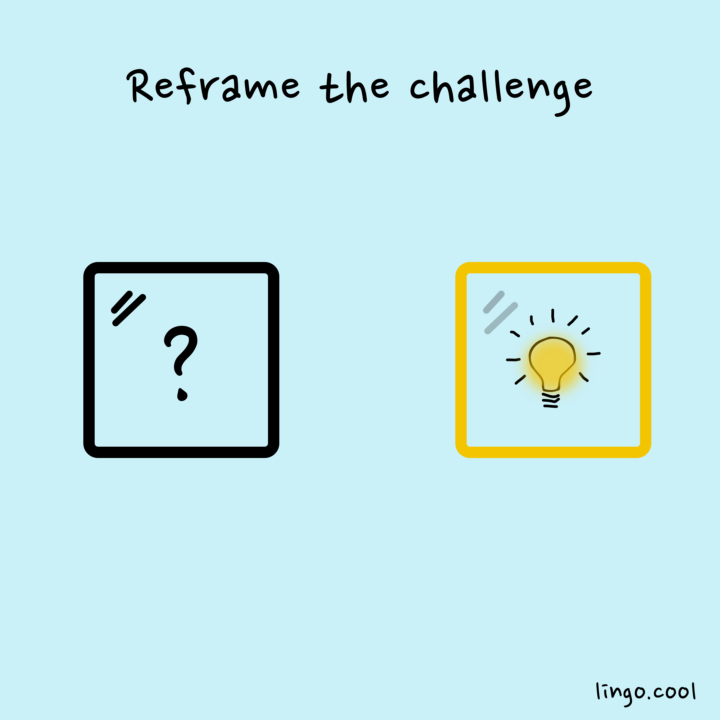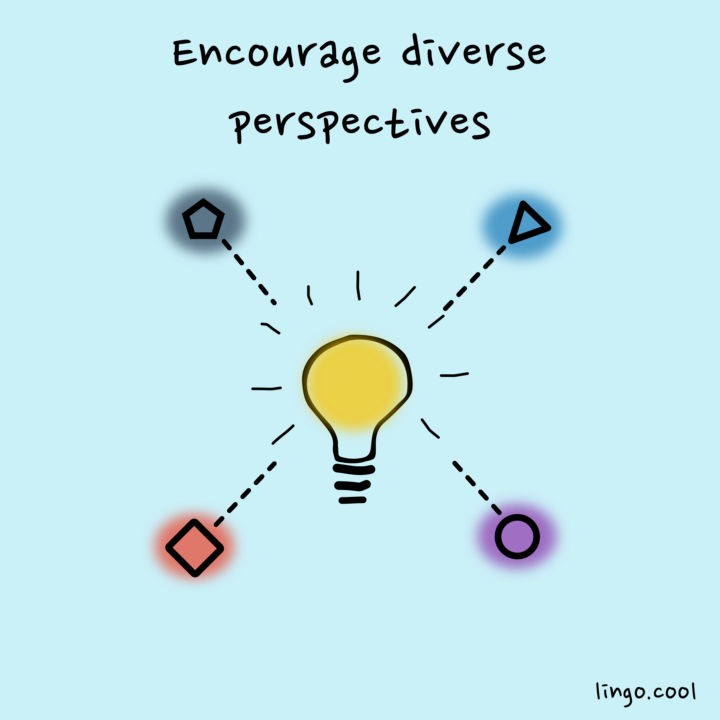You may feel that there are two types of people in the world, the creatives and the non-creatives. However, you can be creative just think of creativity as a skill that can be strengthened just like a muscle. Therefore if you practice a few basic techniques, anyone can think like a designer.
Understand the problem
People come up with a product idea first, then look for a problem it could solve. A designer starts by studying what people need and then draws on these observations when creating the solution. Look for a problem to solve, listen to the pain points and understand the problem.
Consider the problem from many angles to ensure you don’t overlook something.
Reframe the challenge

Make sure you are tackling the right problem. Reframing can help ensure you are finding solutions for the root cause. Simplifying the problem will lead to better solutions.
Be Bold – Think outside the box
The boldest ideas can sometimes lead to great solutions, consider all possibilities and create an environment that encourages this mindset.
Apply existing ideas in a new context
When it comes to creativity we can become obsessed with coming up with something totally original. However there is value in applying an idea that is already working in a new context. This idea reminds me of the story of Novak Djokovic tennis playing style, it is said that he learnt his famous slide by incorporating what he knew from being a skier. This example shows that innovations can happen when you take ideas from outside and apply them in a new context.
How to boost Ideas generation in a group
Encourage playfulness
Research shows that human brains are at their most active during periods of leisure. Try to allocate some time for an “energizer”, before the workshop starts, a fun activity that encourages laughter and playfulness.
Listen to all voices
Make sure all voices are heard and valued. This could be achieved by facilitating anonymous idea submission.
Encourage diverse perspectives

Encourage dissenting opinions and different perspectives. Allocate some time for solo thinking to diminish group biases. Look outside your usual area for answers for new perspectives such as different people or industries.
Allow more time to think
Doing a task or solving a problem immediately may lead to linear thinking or tunnel vision. Thinking about a task over a longer period of time helps generate many different ideas that may lead to a creative or innovative solution. Rather than trying to solve an issue in a day during a long session, try breaking it into different sessions that allow participants to stay mentally fresh and have more time to think of solutions.
Learn by testing out your ideas
Small scale experiments to test your ideas to get early feedback on the idea. Creativity thrives in an environment where it is safe to experiment and fail. Learning from experiences helps generate creative solutions to existing and future problems.

